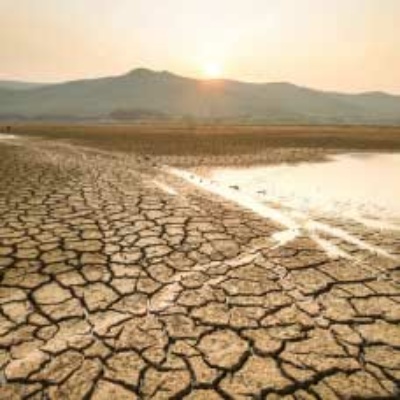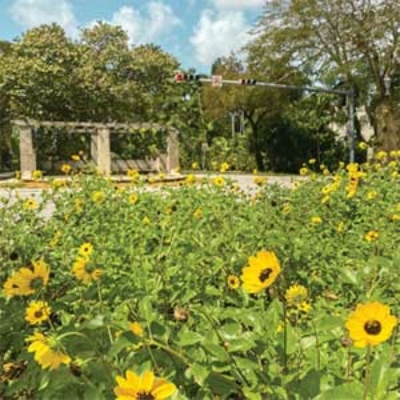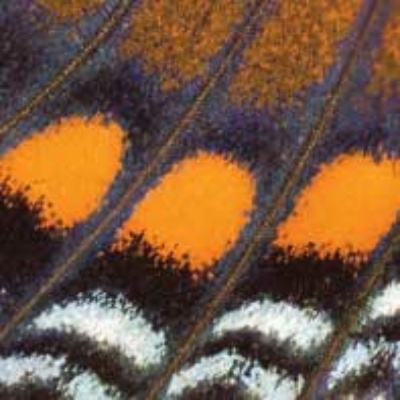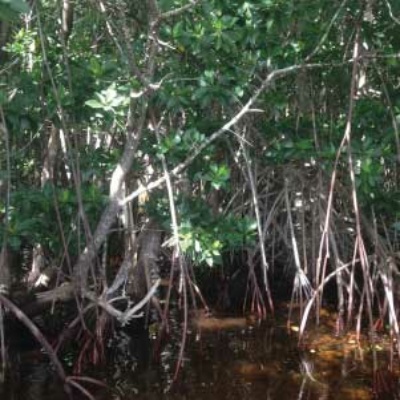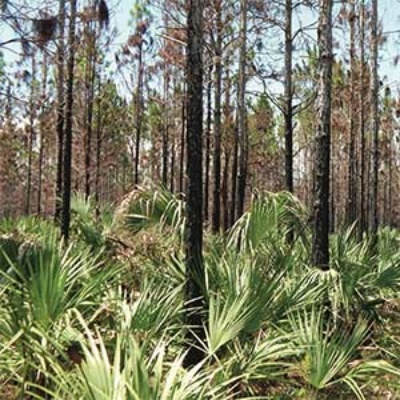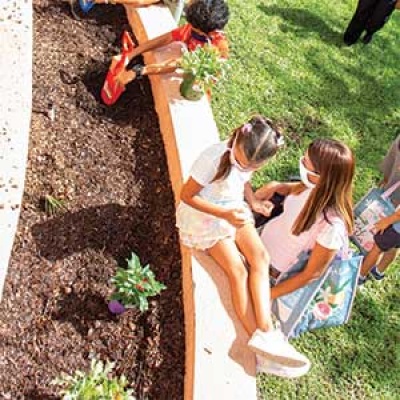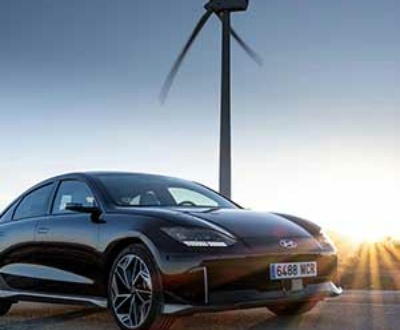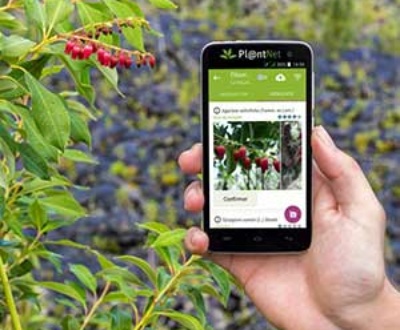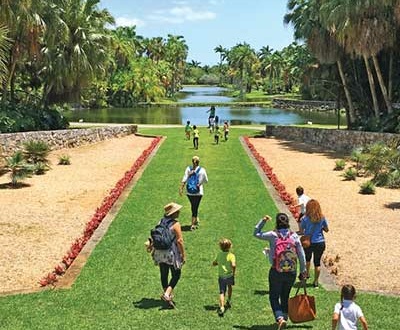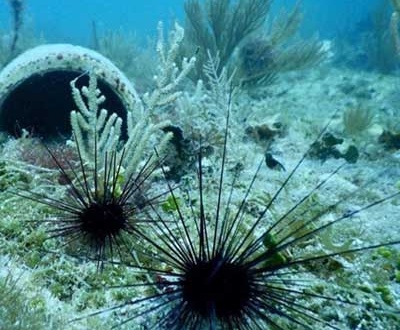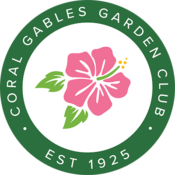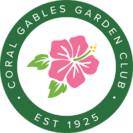Your Yard Can Be Beautiful and Nature Friendly – Why Not Add a Pollinator Garden???
- September 1, 2020
- Linda Waldron
It’s really good news that according to a recent survey of global consumers by Nielsen, 73% of consumers say that they would definitely or probably change their consumption habits to reduce their impact on the environment. And in a survey in May by Yale University here in America, 74% said climate change is happening and 62% agreed that global warming is mostly caused by human activity.
Climate change would certainly be hard to ignore with toxic algae bloom and dead fish in our beautiful Biscayne Bay, 560 wildfires burning in California and two storms, Laura and Marcos, headed to the Gulf coast as I write this in late August.
As a bonus, pollinator plants can be beautiful and NO CARE at the same time.
So what if we could do good for the planet and create beauty in our garden? We can do this with pollinator plants. And as a bonus—pollinator plants can be beautiful and NO CARE at the same time. Personally, I’ve always designed my garden so if I do nothing it looks fine and if I do something—like throw a bag of black kow composted cow manure on the antique roses—things look even better. Pollinator plants fit the bill. The ones I have in my garden bloom all the time and I do zero—watering, fertilizing—zero.
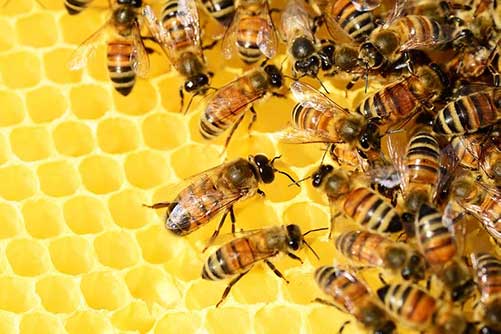 So what is a pollinator garden? A pollinator garden is one that supports bees, butterflies and other pollinating wildlife. It turns out that 75% of our crops producing fruit or seeds for food depend at least in part on pollinators. And, insects are the bottom of nature’s food chain and a primary food source for many fish, reptiles, birds and small mammals. 96% of our land birds feed their chicks insects according to the Florida Association of Native Nurseries.
So what is a pollinator garden? A pollinator garden is one that supports bees, butterflies and other pollinating wildlife. It turns out that 75% of our crops producing fruit or seeds for food depend at least in part on pollinators. And, insects are the bottom of nature’s food chain and a primary food source for many fish, reptiles, birds and small mammals. 96% of our land birds feed their chicks insects according to the Florida Association of Native Nurseries.
Pollinators are essential for over 85% of the worlds flowering plants because they allow plants to reproduce. Yet throughout the world this vital group is in crisis. Habitat loss, fragmentation, and the wide spread use of chemical pesticides are threatening the insects, birds, and bats that are a crucial part of our ecosystems. So how about helping them out?!?
Even the smallest native garden can help. So how do you do this? Well, butterflies and other pollinators like the sun and some of their favorite native plants grow best in full or partial sun with some protection from the wind. You want to provide food or “larval” plants for the caterpillars, and nectar sources for the adults. YOU ABSOLUTELY CANNOT USE PESTICIDES IN THE GARDEN. What kills a “weed” won’t be healthy for a butterfly egg or caterpillar. Think thickets of plants not isolated individuals. Groups of plants provide more protections from predators and the weather as well as easy access to food. Go Native!! Most native pollinators require very specific plants to grow and thrive. And native plants are adapted to the local climate Strive for a broad range of both larval host plants and flowering nectar sources for adults. Plant high and low a mix of heights and plants and leave the leaves and an occasional dead limb to provide nesting spots. For specific information about the plants and things go to the National Wildlife Federation’s Million Pollinator Garden website and www.miamiblue.org. Also, check out the University of Florida’s FloridaYards.org website.
Encourage Your City and Your Neighbors To Go Pollinator
Take time to watch this wonderful video by Dr. Jaret Daniels of the University of Florida, “Creating Pollinator Pathways in the Built Environment”. Now since he is in north Florida the plants are wrong for here but its full of wonderful ideas for what we can do.
The Miami Blue chapter of the National Butterfly Association had identified 8 different species of butterflies in a lot that the city has purchased for a park at Bird and Toledo.
They approached the city about not mowing a 25’ circle and seeing which butterflies show up. And the city has agreed!! Actually this lot is almost a block by a half a block so there’s lots of room to put a tot lot, a pollinator corner and nice winding paths with bushes and benches if that’s what the neighborhood wants. KUDO’S to the city for all the nice parks they are putting in all over the city and being POLLINATOR FRIENDLY!!!
About the Author
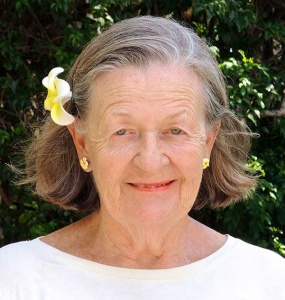
Linda Lawrence Waldron currently writes the Green Gables column in Gables Living Magazine. As a garden club member, Linda chaired the committee that established the Coral Gables Library Butterfly Garden.
Sign up here for email notifications about new Hothouse Blog articles!
More articles on the subject:
More from our blogs
See all postsRecent Posts
- Good News on Environmental Plastics February 1, 2024
- Material World / Plant World January 1, 2024
- Lets Talk About Fabulous Fungi, Wetlands and ID apps July 1, 2023
Leave a Comment cancel
This site uses Akismet to reduce spam. Learn how your comment data is processed.



